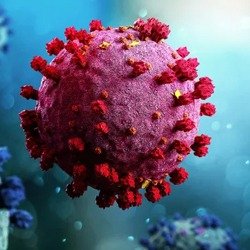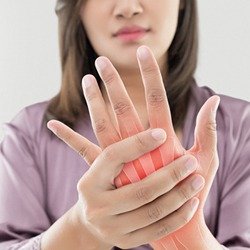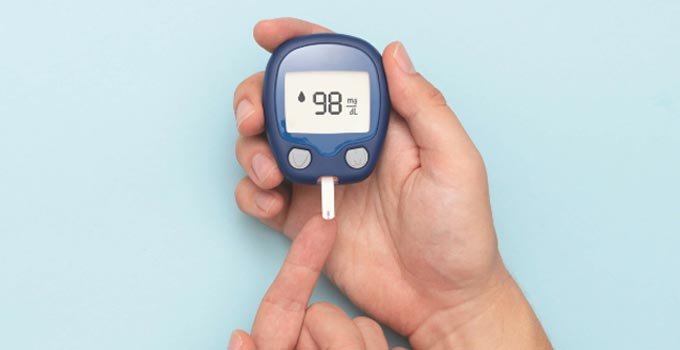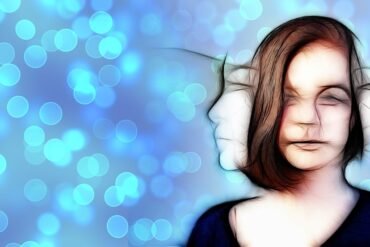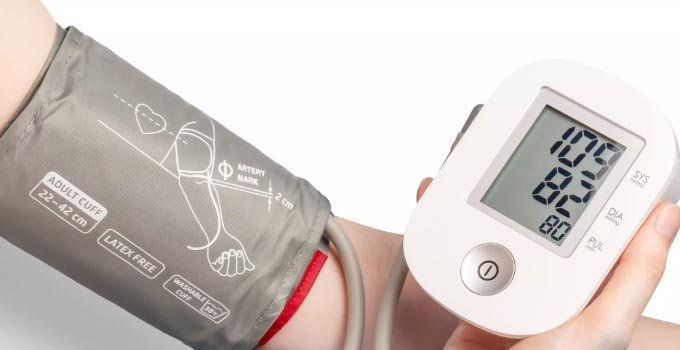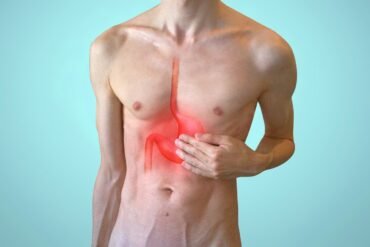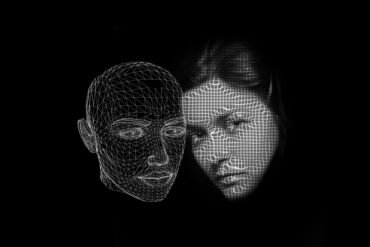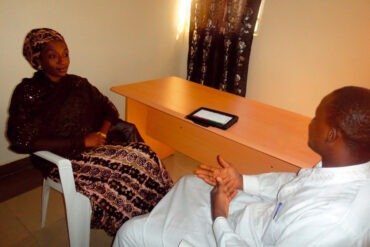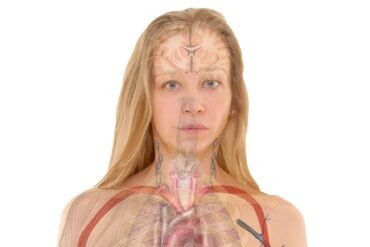Understanding Scoliosis: Treatment and Care Options
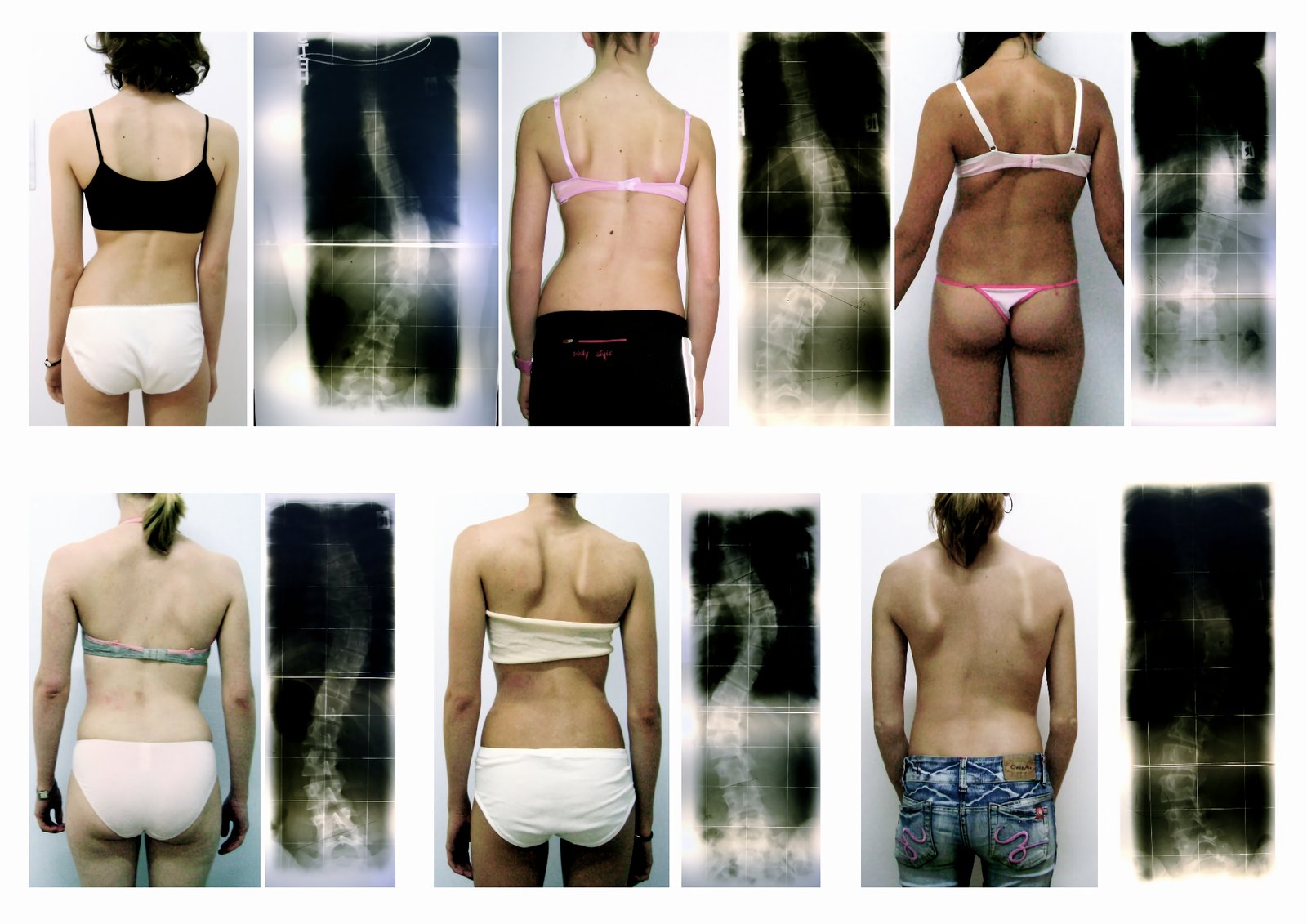
Table of Contents
Types of Scoliosis: Classification and Diagnosis
Scoliosis is a condition characterized by an abnormal curvature of the spine. It can develop in various forms, each with its own unique characteristics. Understanding the different types of scoliosis is crucial for accurate diagnosis and effective treatment. Here, we will discuss the classification and diagnosis of scoliosis.
- Idiopathic Scoliosis: This is the most common type of scoliosis, accounting for about 80% of cases. Idiopathic scoliosis occurs without any known cause and typically develops during adolescence.
- Congenital Scoliosis: This type of scoliosis is present at birth and results from abnormalities in the development of the spine. It can be caused by vertebral defects or fusion of the spinal bones.
- Neuromuscular Scoliosis: Neuromuscular scoliosis is associated with underlying neuromuscular conditions such as cerebral palsy, muscular dystrophy, or spinal cord injury. The curvature is often progressive and can be more severe compared to other types.
- Degenerative Scoliosis: As the name suggests, degenerative scoliosis occurs as a result of the aging process and degeneration of the spinal discs. It is commonly seen in older adults and is often associated with back pain.
- Functional Scoliosis: Functional scoliosis is not a structural abnormality but rather a temporary curvature caused by other factors such as leg length discrepancy, muscle imbalances, or postural habits.
Diagnosing scoliosis involves a thorough evaluation of the patient’s medical history, physical examination, and diagnostic tests. The most common diagnostic tool is the X-ray, which helps visualize the curvature of the spine and determine the extent of the deformity. Other imaging techniques like MRI or CT scans may be used to assess any underlying causes or complications.
Classification of scoliosis is based on the measurement of the Cobb angle, which determines the severity of the curvature. Mild scoliosis is defined as a Cobb angle of less than 25 degrees, moderate scoliosis ranges from 25 to 40 degrees, and severe scoliosis is characterized by a Cobb angle greater than 40 degrees.
Accurate classification and diagnosis of scoliosis are crucial for determining the most appropriate treatment approach. Early detection and intervention can help prevent further progression of the curvature and minimize associated complications. If you suspect scoliosis or have concerns about your spinal health, it is important to consult with a healthcare professional for a comprehensive evaluation.
Non-Surgical Treatment Approaches
When it comes to managing scoliosis, there are various non-surgical treatment approaches available that aim to slow down the progression of the curvature and alleviate symptoms. These approaches are often recommended for individuals with mild to moderate cases of scoliosis.
- Bracing: Braces are commonly used to halt the progression of scoliosis in growing children and adolescents. The goal of bracing is to prevent the curvature from worsening as the individual continues to grow. The type and duration of bracing depend on the severity of the curvature and the age of the patient.
- Physical Therapy: Physical therapy plays a crucial role in scoliosis treatment. Specially tailored exercises and stretches help improve flexibility, muscle strength, and posture. Physical therapists also educate patients on proper body mechanics and provide guidance for maintaining good posture in everyday activities.
- Chiropractic Care: Chiropractic care focuses on spinal adjustments and manipulation techniques to reduce pain, improve spinal alignment, and enhance overall function. Chiropractors use gentle, targeted adjustments to alleviate discomfort associated with scoliosis.
- Electrical Stimulation: Electrical stimulation is a non-invasive treatment that uses low levels of electrical currents to stimulate muscles and nerves. This approach aims to strengthen weak muscles, reduce pain, and improve muscle balance in scoliosis patients.
- Acupuncture: Acupuncture involves the insertion of thin needles into specific points on the body to help relieve pain and promote healing. While research on acupuncture for scoliosis is limited, some individuals find it beneficial for managing pain and improving overall well-being.
It’s important to note that the effectiveness of these non-surgical treatment approaches may vary depending on the individual’s age, severity of scoliosis, and overall health. Consulting with a healthcare professional or specialist is essential to determine the most suitable treatment plan for each individual case.
Surgical Options for Severe Cases
While non-surgical treatments are often the first line of defense against scoliosis, surgical intervention may be necessary in severe cases where the curvature of the spine is rapidly progressing or causing significant pain and disability. Surgical options aim to correct the curvature, stabilize the spine, and prevent further progression of the condition.
- Spinal Fusion: Spinal fusion is the most common surgical procedure for scoliosis. It involves fusing two or more vertebrae together using bone grafts or implants. This helps to stabilize the spine and reduce the curvature. During the fusion, the surgeon may also use metal rods, hooks, or screws to hold the spine in place until the fusion is complete.
- Minimally Invasive Surgery: In recent years, minimally invasive surgical techniques have been developed for scoliosis treatment. These procedures involve smaller incisions, less tissue disruption, and faster recovery times compared to traditional open surgery. Minimally invasive techniques may include the use of special instruments and advanced imaging technology to perform the surgery with greater precision.
- Growth-friendly Implants: In children and adolescents with scoliosis, growth-friendly implants, such as growing rods or vertical expandable prosthetic titanium ribs (VEPTR), may be used. These implants allow for continued growth of the spine while providing stability and correction of the curvature. They require periodic adjustments as the child grows.
- Tethering: Tethering is a newer surgical technique that aims to correct scoliosis without fusion. It involves inserting a flexible cord or tether along the curved part of the spine to gradually straighten it. This procedure allows for continued growth and flexibility of the spine and may be suitable for certain types of scoliosis.
Before considering surgery, it is essential to consult with a scoliosis specialist who can evaluate the severity of the condition and recommend the most appropriate treatment option. Surgery is usually reserved for severe cases where other treatments have been unsuccessful or if the scoliosis is rapidly progressing and causing significant impairment.
Recovery from scoliosis surgery may vary depending on the individual and the specific procedure performed. Physical therapy and rehabilitation are typically necessary to regain strength, flexibility, and mobility after surgery. Regular follow-up visits with the surgeon are essential to monitor the progress and make any necessary adjustments to the treatment plan.
It is important to note that while surgery can provide significant correction and stabilization of the spine, it may not completely eliminate all symptoms or restore the spine to its normal shape. However, for individuals with severe scoliosis, surgical intervention can offer substantial improvements in pain relief, functional ability, and overall quality of life.
Post-Surgical Rehabilitation and Physical Therapy
After undergoing surgery for scoliosis, post-surgical rehabilitation and physical therapy play a crucial role in the recovery process. These treatments aim to restore mobility, strength, and function, while also managing pain and preventing further complications.
Here are some key aspects of post-surgical rehabilitation and physical therapy for scoliosis:
- Early mobilization: Physical therapists work closely with patients to initiate early mobilization after surgery. This may involve gentle exercises, stretching, and movements to improve flexibility and prevent stiffness in the spine and surrounding muscles.
- Strengthening exercises: Targeted exercises are designed to strengthen the muscles supporting the spine. This helps to improve posture, stability, and overall function. The physical therapist will create a customized exercise program based on the patient’s specific needs and abilities.
- Pain management: Following surgery, pain and discomfort are common. Physical therapists employ various techniques such as heat or cold therapy, manual therapy, and electrical stimulation to alleviate pain and promote healing.
- Education and body mechanics: Patients are educated about proper body mechanics and posture to prevent any strain or injury to the spine. They are taught techniques to perform daily activities and movements in a way that minimizes stress on the spine.
- Functional training: Physical therapy focuses on improving functional abilities required for daily activities. This may involve practicing movements like bending, lifting, and carrying objects safely, ensuring patients can resume their usual activities without putting excessive strain on the spine.
- Monitoring progress: Throughout the rehabilitation process, physical therapists closely monitor the patient’s progress, making adjustments to the treatment plan as necessary. They assess range of motion, strength, and overall function to ensure optimal recovery.
Post-surgical rehabilitation and physical therapy are crucial for individuals who have undergone scoliosis surgery. These treatments not only aid in the physical recovery but also provide emotional support and guidance, helping patients regain their independence and improve their quality of life.
Long-Term Care and Lifestyle Recommendations
Living with scoliosis requires long-term care and lifestyle adjustments to manage the condition effectively. While treatment options vary depending on the severity of the curvature and individual needs, there are certain recommendations that can help improve quality of life for those with scoliosis:
- Maintain good posture: Practicing good posture can help alleviate discomfort and prevent the progression of the curvature. Sit and stand with your back straight, shoulders relaxed, and evenly distribute your weight on both feet.
- Engage in regular exercise: Physical activity and targeted exercises can strengthen the muscles supporting the spine, improve flexibility, and promote better spinal alignment. Consult your healthcare provider or a physical therapist for guidance on appropriate exercises for your condition.
- Wear proper footwear: Wearing supportive shoes with good arch support can help maintain proper alignment of the feet, which in turn helps with overall posture and spinal alignment.
- Manage weight: Maintaining a healthy weight is essential for minimizing strain on the spine and reducing the risk of additional complications.
- Use supportive pillows and mattresses: Invest in pillows and mattresses that provide adequate support to the spine while you sleep. This can help relieve discomfort and enhance spinal alignment.
- Practice stress management techniques: Stress and tension can exacerbate pain and discomfort associated with scoliosis. Engage in relaxation techniques, such as deep breathing exercises, meditation, or yoga, to reduce stress levels.
- Seek emotional support: Living with scoliosis can be emotionally challenging at times. Connect with support groups or seek professional counseling to help cope with any emotional or psychological difficulties that may arise.
- Regular check-ups: Schedule regular check-ups with your healthcare provider or orthopedic specialist to monitor the progression of the curve and ensure appropriate management.
Remember, every individual’s scoliosis is different, so it’s important to consult with healthcare professionals to develop a personalized long-term care plan that suits your specific needs.

